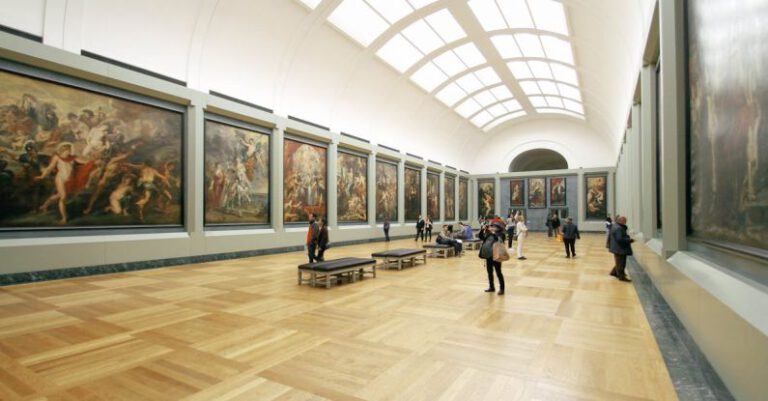
Museums have long been seen as repositories of history and culture, offering visitors a window into the past. However, with the advancement of technology, museums are now embracing innovative ways to enhance visitor experiences through interactive exhibits. By incorporating technology into museum displays, institutions can engage audiences in new and exciting ways, making learning more immersive and enjoyable.
Enhancing Visitor Engagement
Technology has revolutionized the way museums engage with visitors, allowing for interactive and personalized experiences. Through the use of touchscreens, virtual reality, augmented reality, and interactive displays, museums can create dynamic exhibits that cater to a wide range of interests and learning styles. By incorporating technology into exhibits, museums can bring artifacts to life, providing visitors with a deeper understanding of historical events and cultural significance.
Interactive Touchscreens
One of the most common ways museums utilize technology in exhibits is through interactive touchscreens. These screens allow visitors to access additional information about artifacts, watch videos, listen to audio guides, and even participate in interactive games. By providing a wealth of information at the touch of a finger, museums can cater to visitors of all ages and backgrounds, making learning more accessible and engaging.
Virtual Reality and Augmented Reality
Virtual reality (VR) and augmented reality (AR) have also become popular tools in museum exhibits, offering visitors a more immersive and interactive experience. With VR headsets, visitors can explore virtual reconstructions of historical sites, walk through ancient civilizations, or even interact with lifelike representations of historical figures. AR, on the other hand, overlays digital information onto the physical world, allowing visitors to see additional details or animations when viewing artifacts through a smartphone or tablet.
Interactive Displays
Interactive displays are another effective way museums can incorporate technology into exhibits. By allowing visitors to manipulate digital content, such as zooming in on high-resolution images, rotating 3D models, or exploring interactive timelines, museums can provide a hands-on learning experience that encourages exploration and discovery. Interactive displays can also be used to showcase multimedia content, such as videos, animations, and audio clips, adding depth and context to the exhibit.
Creating Immersive Experiences
By combining technology with traditional museum displays, institutions can create immersive experiences that transport visitors to different time periods and cultures. For example, a museum exhibit about ancient Egypt could feature a virtual tour of the pyramids, interactive hieroglyphics lessons, and a VR experience of a mummy’s tomb. By engaging multiple senses and offering interactive elements, museums can create memorable experiences that leave a lasting impact on visitors.
Educational Opportunities
In addition to enhancing visitor engagement, technology in museum exhibits also provides educational opportunities for visitors of all ages. By presenting information in a dynamic and interactive format, museums can make learning more accessible and enjoyable. For example, a science museum exhibit could use interactive displays to explain complex scientific concepts in a fun and engaging way, allowing visitors to conduct virtual experiments or explore interactive simulations.
Encouraging Visitor Participation
Technology in museum exhibits can also encourage visitor participation and collaboration. By incorporating interactive elements, such as quizzes, games, and social media integration, museums can create a more social and interactive experience for visitors. For example, a history museum exhibit could feature a quiz that challenges visitors to test their knowledge of historical events, with the option to share their results on social media and compare scores with friends.
Incorporating technology into museum exhibits opens up a world of possibilities for enhancing visitor experiences and making learning more interactive and engaging. By leveraging the power of touchscreens, virtual reality, augmented reality, and interactive displays, museums can create immersive experiences that cater to a diverse audience and provide educational opportunities for visitors of all ages. Embracing technology in museum exhibits allows institutions to stay relevant in a digital age and inspire a new generation of museum-goers.





